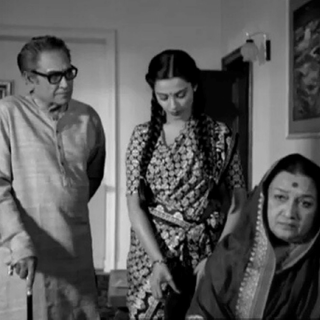A new study suggests that non-LGBTQIA+ people who have been more exposed to LGBTQIA+-representation in the media are significantly more supportive and accepting of the community in real life, as compared to non-LGBTQIA+, who haven’t come across LGBTQIA+-representation in media.
Titled LGBTQ Inclusion in Advertising and Media, the study was conducted by GLAAD, an American non-governmental media-monitoring organization founded by LGBTQIA+ people in the media, and P&G, the well-known multinational consumer goods corporation. Researchers compiled responses of 2,000 non-LGBTQIA+ Americans to draw their conclusions. The findings of the study demonstrate the power of media — in the form of movies, TV shows and ads — to change perceptions, and erase prejudices towards the LGBTQIA+ community.
The study found that non-LGBTQIA+ people exposed to LGBTQIA+-depiction on media had become upto 48 percent more accepting of gay and lesbian people compared to other responders, who had not seen the community represented in the media. In addition, 80 percent of responders from the first set also admitted to being more supportive of equal rights for the community. “When you have greater visibility of people who are LGBTQ, then you increase acceptance. It’s human nature that familiarity can lead to a greater degree of acceptance,” Marc Pritchard, Chief Brand Officer at P&G, said.
Related on The Swaddle:
More Than 1 In 5 LGBTQIA+ Teen Suicides Are Prompted By Bullying, Says US Study
Moreover, viewers who are accustomed to seeing LGBTQIA+-representation in the media, also reported being more comfortable with LGBTQIA+ people in their daily lives in many situations: learning a family member was on the LGBTQIA+ spectrum, having a new LGBTQIA+ family with children move into their neighborhood, starting a conversation with people whose gender is unclear or whose sexual orientation is different from their own, and learning that their doctor is part of the LGBTQIA+ community.
Further, including LGBTQIA+ people in ads also appeared to improve the impressions of companies on consumers’ minds. Up to 86 percent of respondents believe that inclusiveness reflects the respective company’s commitment to catering to a diverse base of customers, intent to take a stand about the importance of recognizing the LGBTQIA+ community and support of their rights.
“The findings of this study send a strong message to brands and media outlets that including LGBTQ people in ads, films, and TV is good for business and good for the world. During the Covid19 pandemic, when media consumption is up and when media outlets serve as lifelines for LGBTQ people in isolation, companies should recognize that now is the right time to grow the quality and quantity of LGBTQ people in advertising. This is a permission slip for brands to go out and embrace the LGBTQ community,” Sarah Kate Ellis, President and CEO of GLAAD, said.




